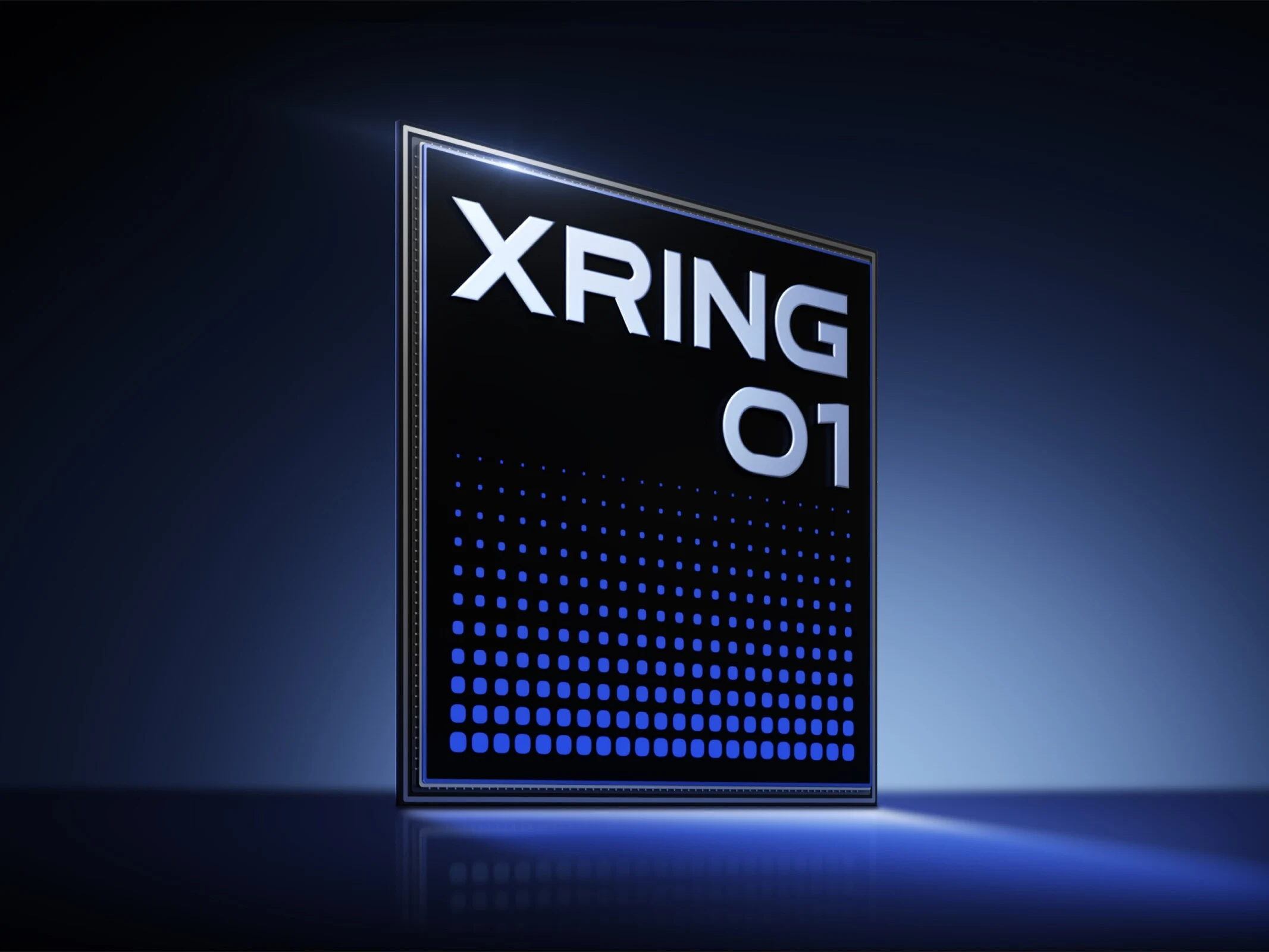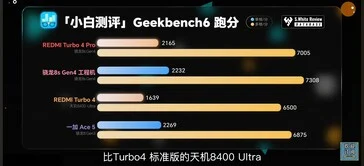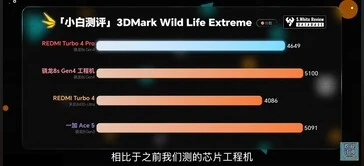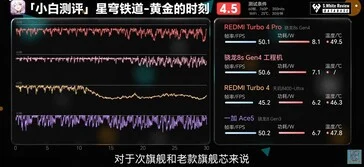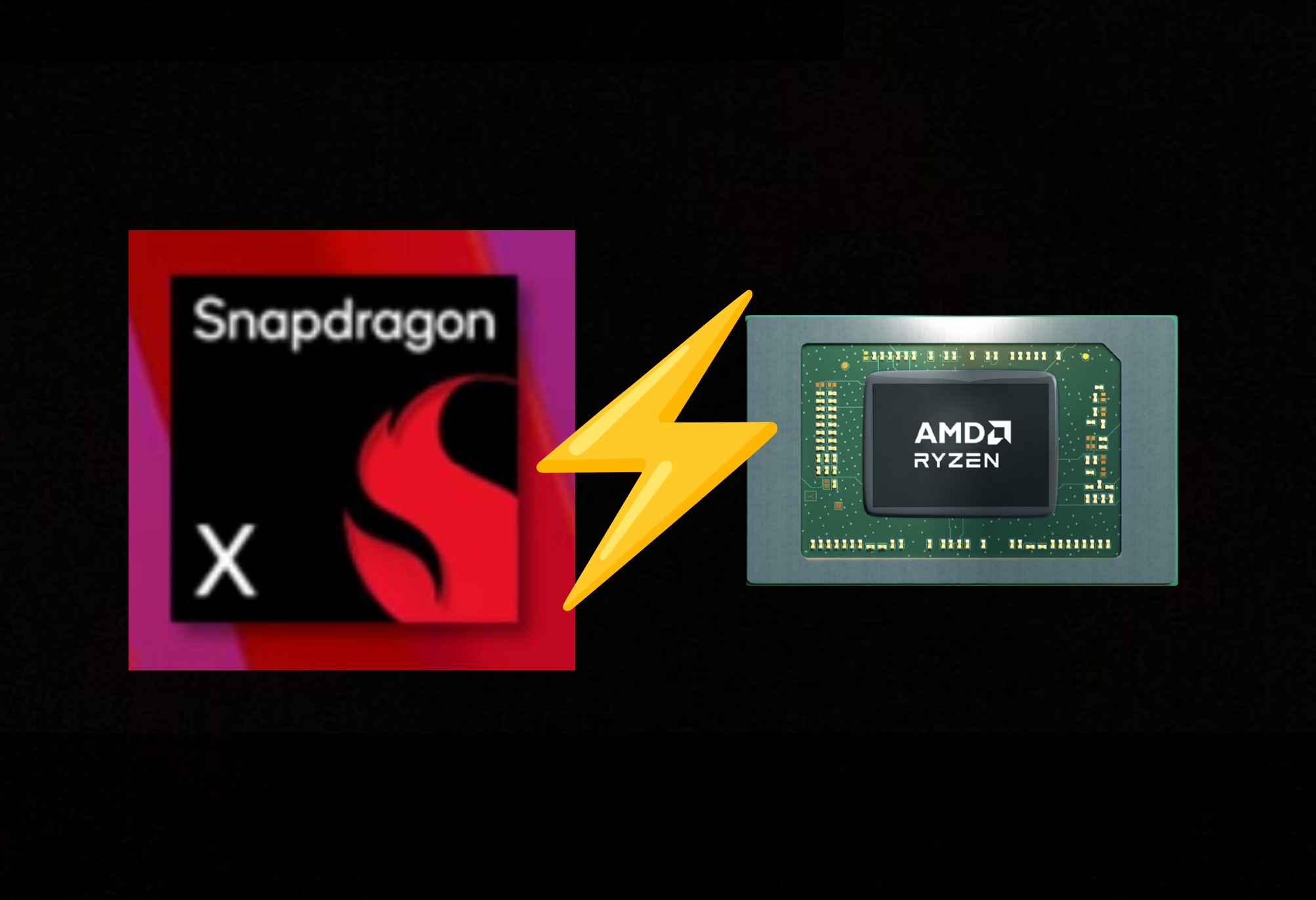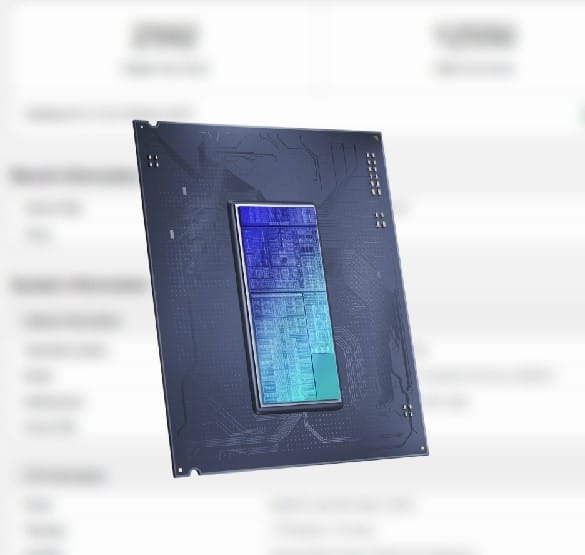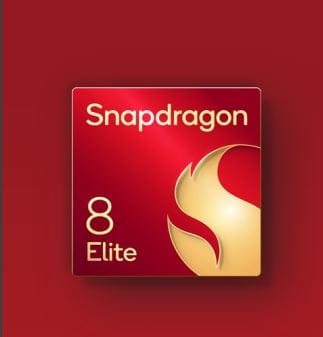Key Takeaways
1. Samsung launched the Galaxy Z Flip7 alongside the Galaxy Z Fold7 and Galaxy Z Flip7 FE.
2. The Galaxy Z Flip7 uses the Exynos 2500 chipset, which underperforms compared to newer flagship chipsets.
3. Geekbench 6 scores show the Exynos 2500 has a single-core score of 2,093 and a multi-core score of 7,498.
4. Performance of the Exynos 2500 is comparable to older chipsets, falling behind MediaTek and Qualcomm competitors.
5. The Exynos 2500’s GPU, Xclipse 950, is expected to compete better against Snapdragon 8 Elite’s Adreno 830.
Samsung introduced the Galaxy Z Flip just a week ago, along with the Galaxy Z Fold7 and Galaxy Z Flip7 FE. In contrast to its larger counterpart, the Galaxy Z Flip7 is equipped with Samsung’s own Exynos 2500, which seems to hinder its performance.
Performance Insights
According to Fenibook on X, the Exynos 2500 falls behind when stacked against the latest flagship chipsets in terms of CPU capabilities. The chipset in the Galaxy Z Flip7 records a single-core score of 2,093 and a multi-core score of 7,498 on Geekbench 6.
These scores match those listed before the phone’s launch, indicating that the performance is aligned with older chipsets. For instance, the MediaTek Dimensity 9300 achieved scores of 2,207 and 7,408 during our tests on the Vivo X100 Pro. Similarly, the Asus ROG Phone 9 Pro, which features the Snapdragon 8 Gen 3, delivered a single-core score of 2,318 and a multi-core score of 7,357.
Competitive Comparison
It’s clear that the Exynos 2500 does not provide performance that can compete with rivals like Apple, Qualcomm, and MediaTek, at least in terms of CPU. However, the chipset’s Xclipse 950 GPU is anticipated to be more competitive with the Snapdragon 8 Elite’s Adreno 830.
Source:
Link




